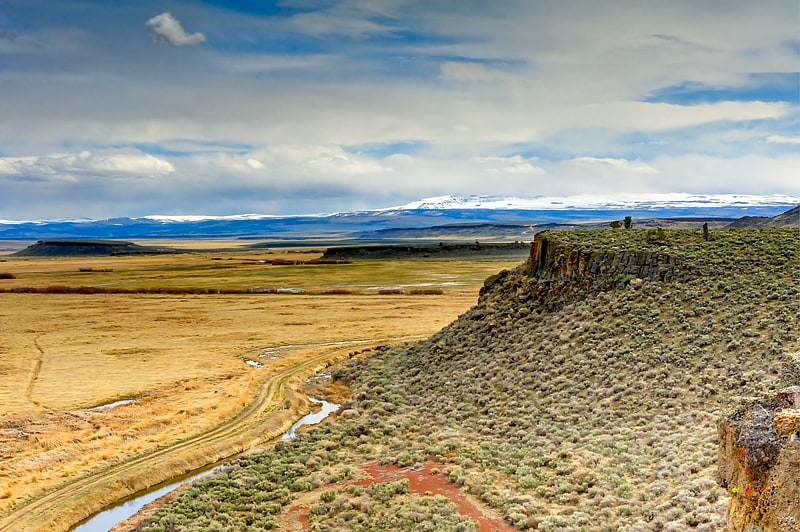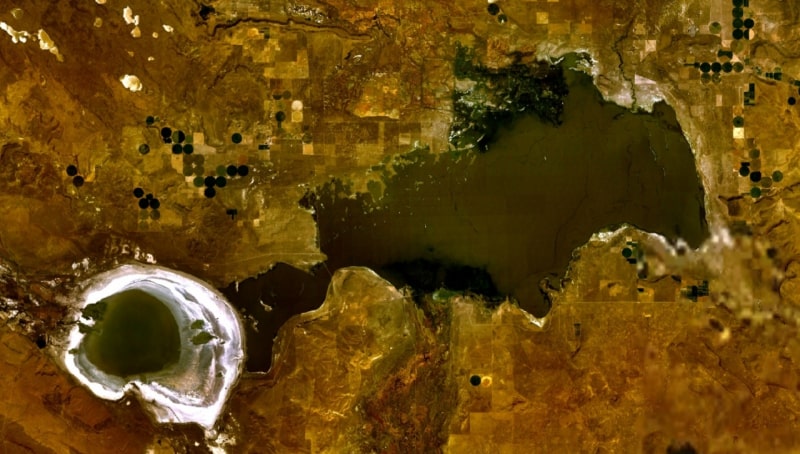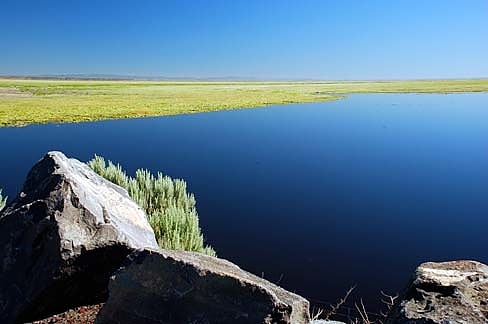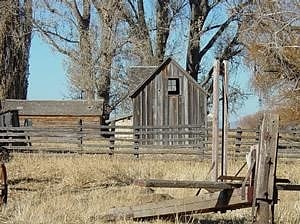Discover 4 hidden attractions, cool sights, and unusual things to do in Malheur National Wildlife Refuge (United States). Don't miss out on these must-see attractions: Malheur National Wildlife Refuge, Harney Lake, and Malheur Lake. Also, be sure to include Sod House Ranch in your itinerary.
Below, you can find the list of the most amazing places you should visit in Malheur National Wildlife Refuge (Oregon).
Table of Contents
Malheur National Wildlife Refuge

Wildlife refuge in Princeton, Oregon. Malheur National Wildlife Refuge is a National Wildlife Refuge located roughly 30 miles south of the city of Burns in Oregon's Harney Basin. Administered by the United States Fish and Wildlife Service, the refuge area is roughly T-shaped with the southernmost base at Frenchglen, the northeast section at Malheur Lake and the northwest section at Harney Lake.
The refuge was created in 1908 by order of President Theodore Roosevelt to protect habitat for diverse waterfowl and migratory birds, and grew to encompass 187,757 acres (760 km2; 293 sq mi) of public lands. A popular site for birding, fishing, hunting and hiking, the refuge gained widespread attention in early 2016 after its headquarters complex was occupied by armed anti-government protesters.[1]
Harney Lake

Lake in Oregon. Harney Lake is a shallow alkali lake basin located in southeast Oregon, United States, approximately 30 miles south of the city of Burns. The lake lies within the boundary of the Malheur National Wildlife Refuge and is the lowest point in the Blitzen Valley drainage.[2]
Malheur Lake

Lake in Oregon. Malheur Lake is one of the lakes in the Malheur National Wildlife Refuge in Harney County in the U.S. state of Oregon. Located about 18 miles southeast of Burns, the lake is a marsh fed by the Donner und Blitzen River from the south and the Silvies River from the north. Malheur Lake periodically overflows into Mud Lake to the west and thence to Harney Lake, the sink of Harney Basin.
The western area of Malheur Lake consists of ponds separated by small islands and peninsulas. The lake's central and eastern sections are more open. The generally shallow water is suitable habitat for migratory birds, waterfowl, and aquatic plants.
As is typical of Great Basin lakes, Malheur Lake's surface area changes dramatically with the local weather, climate, and season because the lake is in a very flat basin. A large influence on the water volume is local snow melt, especially from Steens Mountain, south of the lake. For example, large snowpacks in the mid-1980s caused the lake to expand from approximately 67 to 160 square miles (170 to 410 km2) within three years, flooding usually dry areas and damaging a branch of the Oregon Eastern Railway. Soon afterward, drought in the early 1990s reduced the lake size to just 200 acres (0.31 sq mi), exposing large mudflats and dusty playas.[3]
Sod House Ranch

Ranch in Princeton, Oregon. The Sod House Ranch is a historic ranch in Harney County in southeastern Oregon, United States. The remaining ranch structures are located south of Malheur Lake in the Malheur National Wildlife Refuge. The ranch was built by Peter French, a well known 19th-century cattle baron. The Sod House Ranch became the headquarters for the northern operating division of the French-Glenn Livestock Company, which eventually covered over 140,000 acres. After French was murdered in 1897, the French-Glenn Livestock Company slowly sold off its ranch property. In 1935, the United States Government purchased the Sod House Ranch property to add to an adjacent wildlife refuge. The eight remaining Sod House Ranch buildings are now listed on the National Register of Historic Places.[4]